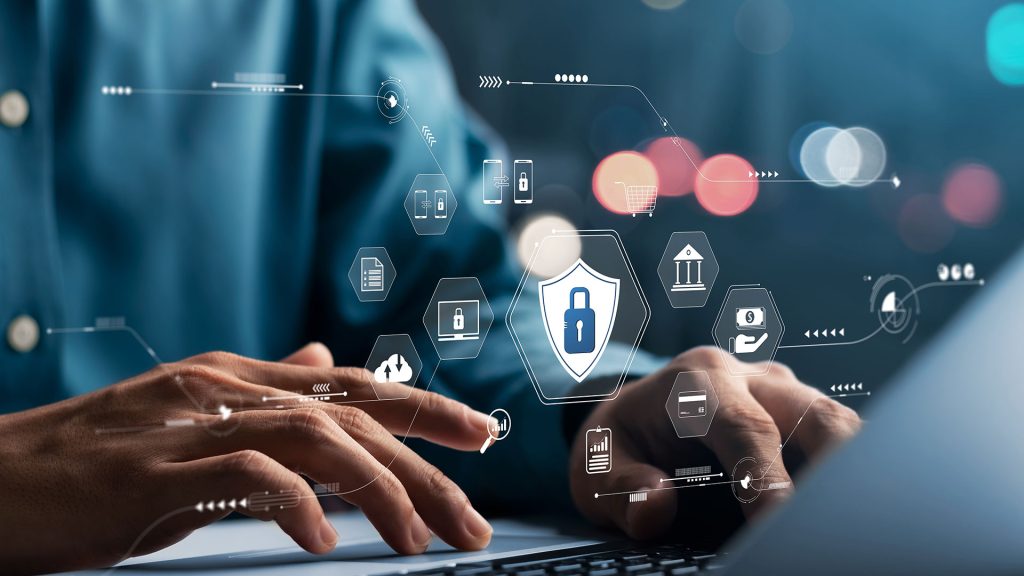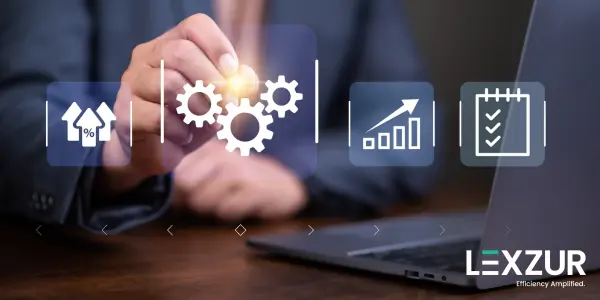Cybersecurity is an integral part of the legal tech industry. It is a requirement of law firms and legal professionals to protect sensitive data, maintain client trust, and comply with regulations. Cybersecurity helps mitigate legal liabilities, safeguard intellectual property, and ensure business continuity against ever-changing threats and risks. In this blog, we’re looking at the intersection of legal tech and cybersecurity, exploring all the associated risks, some opportunities, and the basics of regulatory requirements.
Understanding Cybersecurity Risks in Legal Tech
Security risks could be anything from Data Breaches and Phishing to Compliance requirements. Let’s take a closer look at the main cybersecurity threats facing legal teams today.
Data Breaches:
So, what are data breaches? It’s when there’s “unauthorized” or “unintended” access to or acquisition of sensitive data. This could be personal information about clients, financial records, legal documents, etc. Data breaches usually occur as a result of vulnerabilities in the software you’re using, exposing you to all sorts of threats and targeted attacks, and can lead to severe reputational damage, liabilities, massive financial loss, and regulatory penalties.
Phishing and Social Engineering Attacks:
Briefly, Phishing Attacks look like deceptive emails or websites that trick legal professionals into revealing sensitive information or downloading malicious software. Whereas Social Engineering involves impersonation or manipulation in order to get access to legal information. For example, a cybercriminal could impersonate an IT personnel, and manipulate someone in the legal team to reveal their credentials, allowing the attacker to gain access.
Ransomware Attacks:
This is when a cybercriminal uses malware that encrypts your data and demands a ransom for its release. As you can imagine, ransomware attacks disrupt operations, cause data loss, and put sensitive client information at risk, among other massive issues. Ransomware attacks often rely on social engineering to gain initial access.
Insider Threats:
It’s important to be able to trust your employees. Whether that be trusting their morality and loyalty to the team or trusting that they are well informed of the potential risks and threats involved in securing the data of clients and the firm. Insiders Threats often happen unintentionally. To avoid this, educating and training your team is eminent. Additionally legal teams must implement a monitoring system and strict access controls.
Third-Party Risks:
Since legal tech software providers often integrate or collaborate with third-party vendors, cloud service providers, or outsourced IT providers. This could also mean additional risk. Weak security practices, insufficient due diligence, or compromised supply chains from third parties can expose your legal tech solution to threats.
Insecure Software and Applications:
Legal tech software may contain vulnerabilities in and of itself. These vulnerabilities can and will be exploited by cybercriminals. These could be caused by coding errors, outdated software, or inadequate security testing. If not managed well, these can be detrimental and will compromise the integrity of the legal team and its operations.
Lack of Security Awareness and Training:
This one is especially important, and often overlooked. It’s not just about the right technology. Human error and ignorance are more likely to be the cause of a breach or hack. Legal professionals can create vulnerabilities unknowingly. Hence the need for regular cybersecurity training for everyone on the team.
Regulatory Compliance Challenges:
So, whatever legal technology you’re choosing to use for your legal team, it must comply with regulatory requirements for the region in which you practice law. Data protection regulations, such as GDPR, HIPAA, and others are crucial for safeguarding sensitive client information during cross-border data transfers, for example, and for maintaining the integrity of your practice by implementing security controls.
Quick Checklist for Mitigating Cyber Risks in Legal Operations
-
- Implement Robust Access Controls
-
- Regularly Update and Patch Software
-
- Employ Encryption
-
- Conduct Regular Security Audits and Assessments
-
- Train and Educate Employees
-
- Implement Data Loss Prevention (DLP) Solutions
-
- Regularly Backup Data
-
- Choose Secure Legal Tech Solutions
Exploring Opportunities in Legal Cybersecurity
With all those risks laid out in front us, it’s time to explore the massive opportunities that the intersection between legal tech and cybersecurity presents to the legal industry as well as entrepreneurs and professionals who can tap into a new growing market.
Emerging Trends in Legal Tech Security:
The latest trend in cutting-edge technology making its way into legal tech security is AI. Artificial intelligence is reshaping the landscape of legal cybersecurity. AI-powered threat detection is taking risk management and mitigation to a whole new level. Another big one is blockchain-based data integrity, allowing for accurate, tamper-resistant data storage that remains unchanged over time. We’ve also witnessed advancements in the security of cloud service providers, using cloud-native security tools, encrypted databases, and hardware security modules. Additionally Biometric authentication, such as fingerprint or facial recognition, is gaining traction when it comes to access control in legal tech applications. These are just some of the many emerging trends in legal tech security.
Investment Opportunities for Intersection of Legal Tech and Cybersecurity
Investing in cybersecurity within the legal industry presents various opportunities as the sector continues to embrace digital transformation and faces increasing cyber threats. Some notable opportunities for cybersecurity investment in the legal industry include the below mentioned.
-
- Secure Legal Tech Solutions
-
- Cybersecurity Consultancy Services
-
- Data Privacy and Compliance Solutions
-
- Identity and Access Management (IAM) Solutions
-
- Incident Response and Digital Forensics Firms
-
- Cybersecurity Training Providers
-
- Secure Communication Platforms
-
- Cloud Security Solutions
-
- Managed Security Services
-
- Cyber Insurance Firms
-
- Blockchain Security Startups
-
- Privacy-Preserving Technologies
Legal Tech Security Standards & Regulatory Frameworks
Today, there are a number of legal security standards and frameworks in different regions that provide essential guidance for legal tech platforms to establish effective cybersecurity measures. By embracing and adhering to these standards and frameworks, legal tech software providers and their clients can build trust, demonstrate compliance, and protect the confidentiality and integrity of the data they handle. Here are some examples;
General Data Protection Regulation (GDPR): One of the most significant and influential data protection regulations globally, applies to any organization that processes the personal data of EU residents, regardless of where the organization is based.
Personal Information Protection and Electronic Documents Act (PIPEDA): Canadian federal law that regulates how private sector organizations operating in Canada handle personal information during commercial activities.
California Consumer Privacy Act (CCPA): Requires businesses to disclose the categories of personal information they collect from residents of California and give consumers the right to opt-out of the sale of their data. Similar state-level data protection laws have emerged in other U.S. states.
Brazilian General Data Protection Law (LGPD): Regulates the processing of personal data, like GDPR, but for any organization processing personal data in Brazil or offering goods and services to Brazilian residents.
Many countries worldwide have implemented or revised their data protection laws to align with international standards. For example, Japan, South Korea, and India have passed their own data protection regulations to protect citizens’ privacy rights.
In addition to general data protection laws, some sectors have specific regulations tailored to their unique data protection challenges. For example, the healthcare industry in the United States adheres to the Health Insurance Portability and Accountability Act (HIPAA), which governs the security and privacy of protected health information. Legal tech platforms can also undergo certifications and audits to verify their adherence to industry-recognized security standards. For example, ISO 27001 certification focuses on information security management systems, ensuring that appropriate controls are in place to safeguard data. Regular security audits help identify vulnerabilities, ensure compliance, and provide assurance to clients that their data is protected.








Leave a comment